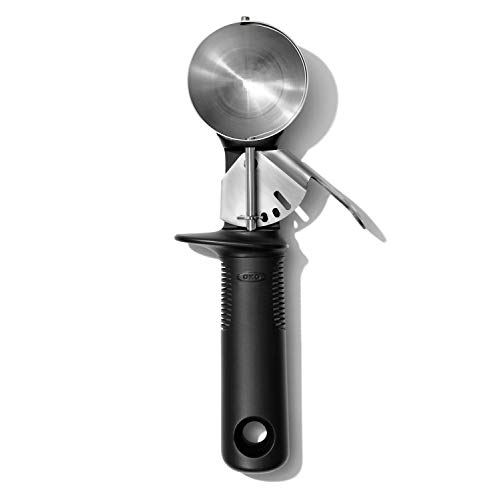An ice cream scoop is a vital kitchen tool used to serve scoopfuls of ice cream. However, the ice cream can stick to the scoop, making it difficult to serve. Non-stick ice cream scoops have been developed to make serving ice cream easier and less messy. In this article, we will explore what makes an ice cream scoop non-stick.
The Material
The material used in the construction of an ice cream scoop plays a crucial role in making it non-stick. A non-stick ice cream scoop should be made of materials like stainless steel, aluminum, or coated with a non-stick material. Stainless steel, for example, is a durable material that is resistant to rust and corrosion. It has a smooth surface that reduces the risk of ice cream sticking to the scoop. Coatings like Teflon and silicone are also used to make ice cream scoops non-stick.
The Design
The design of the scoop also plays a significant role in making it non-stick. Non-stick ice cream scoops have a unique design that enables them to cut through hard ice cream easily. The edges of the scoop should be sharp enough to cut through the ice cream without compressing it too much. This will prevent ice cream from sticking to the scoop. The scoop should also have a deep bowl to allow for a clean release of ice cream.
The Handle
The handle of the ice cream scoop also plays a crucial role in making it non-stick. The handle should be comfortable to hold and provide a firm grip. This will prevent the scoop from slipping, and the ice cream from sticking to it. The handle should also be properly insulated to prevent the transfer of heat from the hand to the scoop. Heat can cause the ice cream to melt, making it stick to the scoop.
Cleaning
Cleaning a non-stick ice cream scoop can also help maintain its non-stick properties. After use, rinse the scoop with warm water to remove any ice cream residue. Avoid using harsh detergents and abrasive materials like steel wool and scrubbers, as these can scratch the surface of the scoop and damage its non-stick coating. Dry the scoop thoroughly before storing it to prevent rusting.






